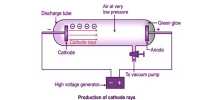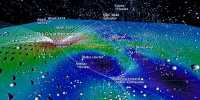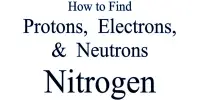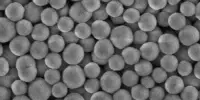Scientists have taken a step closer to understanding the universe’s enigmatic forces after determining how to quantify gravity at the tiniest level.
Experts have never fully understood how Isaac Newton’s discovered force operates in the microscopic quantum world. Even Einstein was perplexed by quantum gravity and stated in his theory of general relativity that no feasible experiment could demonstrate a quantum version of gravity.
However, physicists from the University of Southampton, working with experts from Europe, have successfully detected a weak gravitational attraction on a minuscule particle using a novel technique. They think it could lead to the discovery of the elusive quantum gravity theory.
The experiment, published in Science Advances, employed levitating magnets to detect gravity on minuscule particles, which are small enough to be considered quantum.
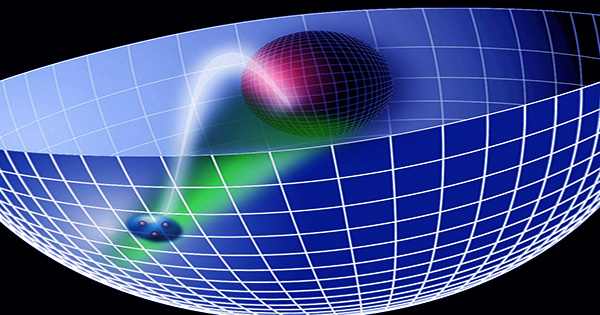
Lead author Tim Fuchs of the University of Southampton said the findings could help researchers identify the missing puzzle piece in our understanding of reality.
He said, “For a century, scientists have tried and failed to comprehend how gravity and quantum mechanics interact. We now have successfully measured gravitational signals at the tiniest mass ever recorded, bringing us one step closer to understanding how it all works together.
“From here, we will begin scaling the source down using this strategy until we reach the quantum world on both sides. Understanding quantum gravity could help us address some of our universe’s riddles, including how it began, what happens within black holes, and how all forces can be combined into a single theory.
Science does not fully understand the rules of the quantum realm, although it is believed that minuscule particles and forces interact differently than larger items.
The experiment was carried out by Southampton academics in collaboration with experts from Leiden University in the Netherlands and the Italian Institute for Photonics and Nanotechnologies.
Their research utilized a complicated setup that included superconducting devices known as traps, magnetic fields, sensitive detectors, and improved vibration isolation. It measured a feeble pull of only 30aN on a minuscule particle 0.43mg in size by levitating it at freezing temperatures a hundredth of a degree above absolute zero—about -273 degrees Celsius.
Professor of Physics Hendrik Ulbricht, also of the University of Southampton, said the findings pave the way for future studies using even smaller objects and forces.
He continued, “We are pushing the boundaries of science, which may lead to new findings regarding gravity and the quantum universe.
“Our novel technology, which uses extremely cold temperatures and equipment to isolate particle vibration, will most certainly pave the way for future quantum gravity measurements.
“Unraveling these mysteries will help us unlock more secrets about the universe’s very fabric, from the tiniest particles to the grandest cosmic structures.”

